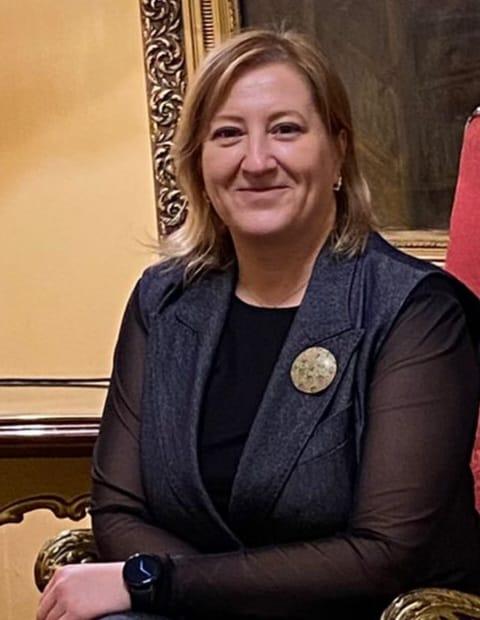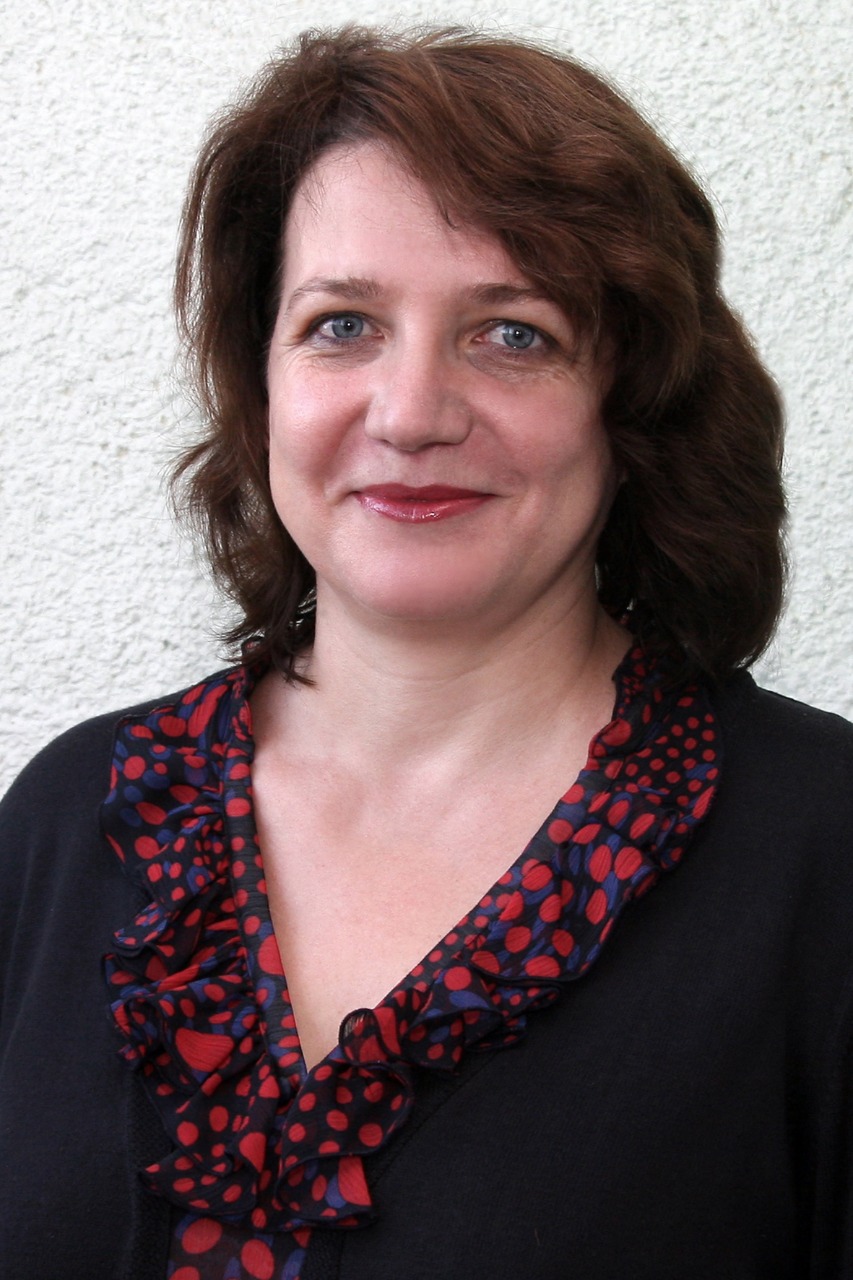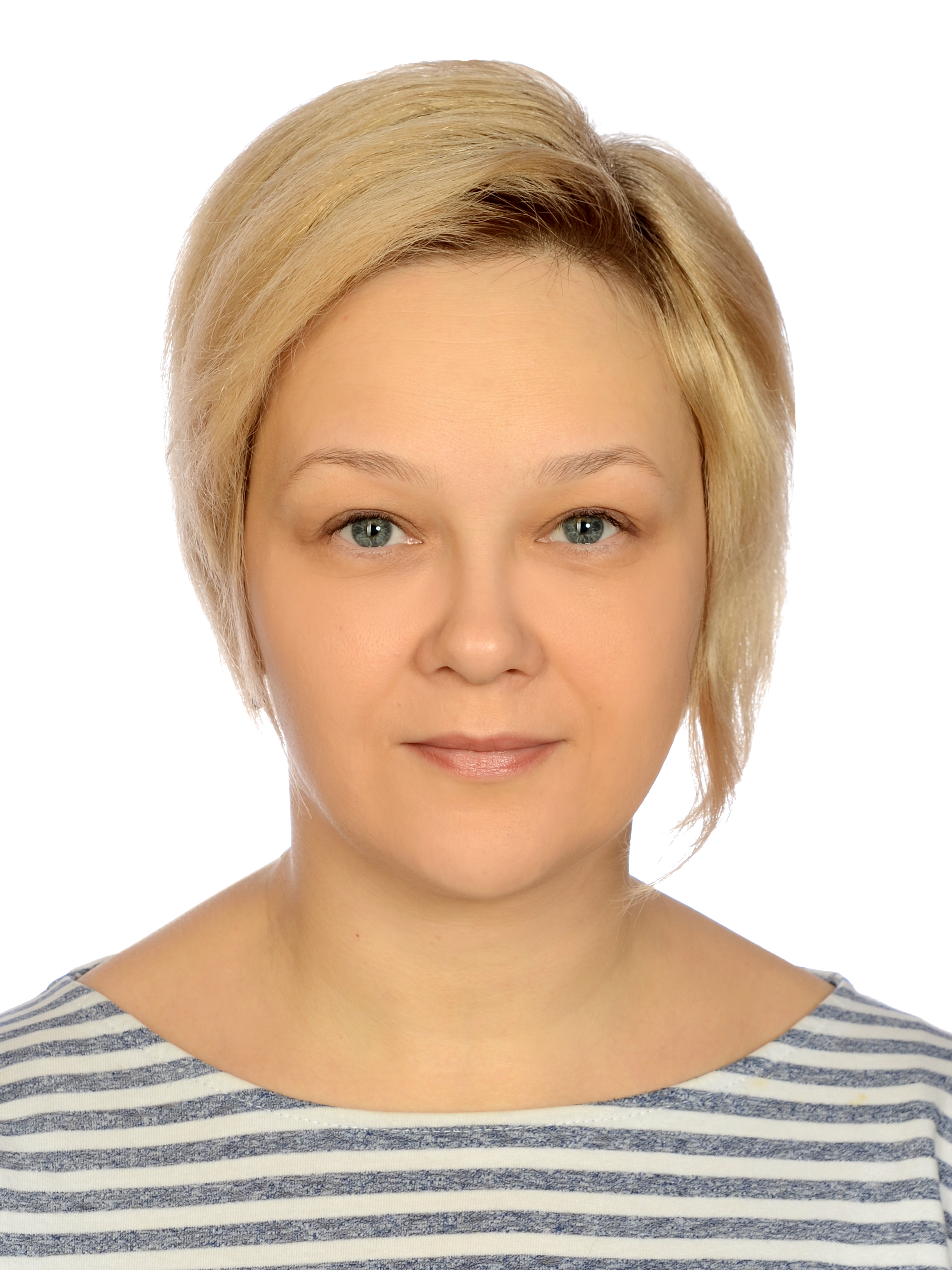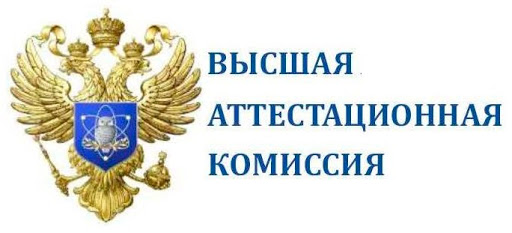The presented article examines the religious identity of the population in the border regions of Russia and Mongolia, focusing on intercultural and interfaith interactions. These interactions are determined by both Russia's geopolitical course towards the East and historical factors. The authors emphasize the importance of a deeper scientific analysis of dynamic ethno-confessional relations in order to understand how the population perceives its religiosity. This includes not only belonging to certain faiths but also personal feelings and self-identification. Existing models for assessing religiosity, such as the Centrality Religiosity Scale, show the complexity of this category. Sociological research indicates that some people identify themselves as highly religious but their actual level of involvement in religious practices may be lower. This paradox indicates the existence of the phenomenon of “faith without belonging”, where individuals can feel religious without following the strict canons and rituals of their denomination. The authors also raise issues of criteria and indicators of religiosity, suggesting that they should be distinguished by various components: ideological, personal, public, and others, focusing on their correlation and significance for individuals. It has been revealed that representatives of different faiths (Orthodoxy, Buddhism, Burkhanism, and Shamanism) show different levels of religiousness and understanding of their beliefs, reflecting the presence of a unique ethnic-religious mosaic in the area. In conclusion, it is emphasized that to fully understand religious dynamics in these areas, it is essential to compare them to similar processes in Mongolia. The article offers a conceptual framework for studying the interaction between religious identities and personal religious experiences, which in turn enriches both sociological and religious study discourses.
Key words: religiosity, Centrality Religiosity Scale, index, self-evaluation, level of religiosity, borderland, CRS-20
DOI: 10.22250/2072-8662-2025-3-125-140
About the authors
 |
Oksana E. Noyanzina – PhD (Sociology), Senior Researcher at the Federal State Educational Institution of Higher Education “Russian Biotechnological University”, Deputy Head, Department of Statistics and Analytics of the Main Computing Center of the Ministry of Culture of the Russian Federation; 11 Volokolamskoye highway, Moscow, 105066, Russia; This email address is being protected from spambots. You need JavaScript enabled to view it. |
 |
Svetlana G. Maximova – Doctor of Sociology, Professor, Head of the Laboratory at the Federal State Educational Institution of Higher Education “Russian Biotechnological University”; |
 |
Daria O. Omelchenko – PhD (Sociology), Associate Professor, Senior Researcher at the Federal State Educational Institution of Higher Education “Russian Biotechnological University”; |






